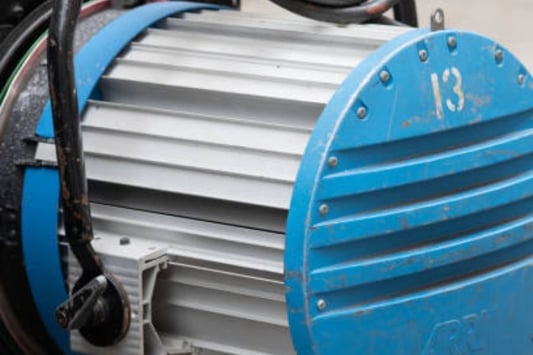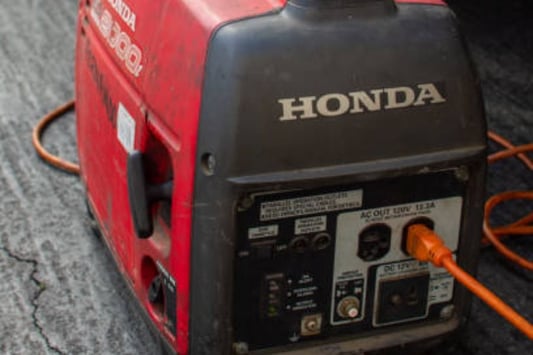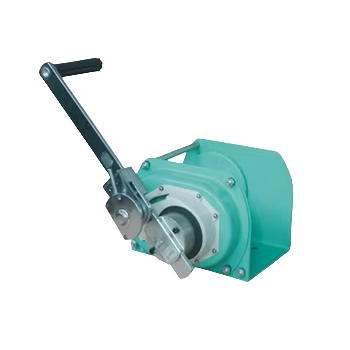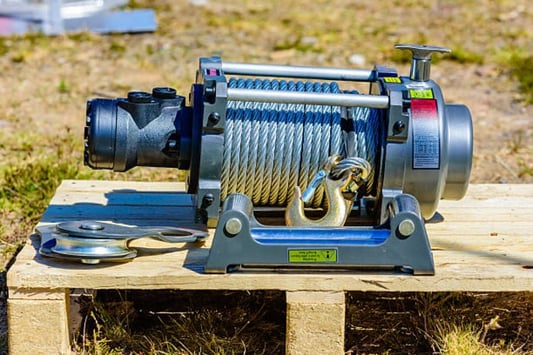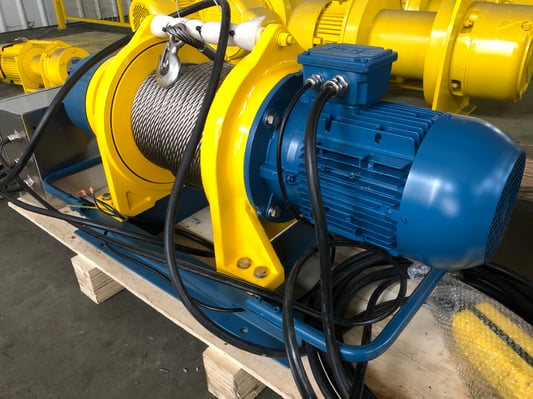The Dos and Don'ts of Winch Use: What should you not do with a winch??If you're using a winch, then you probably already know that it's an incredibly useful tool, capable of pulling even the heaviest loads with ease. However, it's important to know that a winch can be dangerous if not used properly. That's why we've put together this guide to help you understand what you should not do with a winch.Don't Exceed the Winch's Weight Limit:One of the most important things to remember when using a winch is to never exceed its weight capacity. Doing so can be incredibly dangerous and could even cause serious injury or damage to your equipment. To determine the weight limit for your winch, consult the manufacturer's specifications or user manual.Don't Use Inappropriate Accessories:Your winch is only as good as the accessories you use with it. While it may be tempting to use whatever you have on hand, using inappropriate accessories can lead to dangerous situations. Make sure you use only accessories that are designed specifically for your winch and are appropriate for your specific needs.Don't Use a Damaged Winch:A winch that's damaged or not functioning properly is a recipe for disaster. If you notice any damage to your winch, don't attempt to use it until it has been repaired or replaced. Common signs of damage include frayed cables, rust or corrosion, and worn or broken gears.Don't Overload the Cable:Another common mistake when using a winch is to overload the cable. This can cause the cable to snap, which can be incredibly dangerous. Always ensure that the load you're pulling is within the weight limit of your winch and that the cable is properly secured to both the load and the winch.Don't Ignore Safety Measures:Using a winch can be dangerous, and it's essential that you take the proper safety measures to prevent injury or damage. Always wear appropriate safety gear like gloves and eye protection, never operate the winch under the influence of drugs or alcohol, and ensure that bystanders are kept at a safe distance.Don't Pull at an Angle:When using a winch, it's important to pull in a straight line. Pulling at an angle can cause the cable to become twisted or bind, which can damage both the cable and winch. Always ensure that the cable is straight and properly aligned before beginning to pull.Don't Allow the Cable to Slap:If the cable on your winch is allowed to slap against the anchor point, it can cause severe damage to the cable or even snap it. Always ensure that the cable is taut and properly aligned to avoid any unwanted movement or slapping.Don't Apply Too Much Tension:When using a winch, it's important not to apply too much tension to the load too quickly. This can cause the load to jerk suddenly, which can be dangerous for both the operator and the load. Instead, apply tension slowly and gradually until the load is moving smoothly and steadily.Don't Use a Winch for Lifting:Finally, it's important to note that a winch is not designed to be used for lifting applications. Using a winch for lifting can be incredibly dangerous and can cause serious injury or damage. Always use an appropriate lifting device for such tasks.Conclusion:Using a winch is a great way to make heavy workloads easier, but it's essential that you use it properly to avoid injury or damage. By following the tips outlined in this article, you'll ensure that you're using your winch safely and efficiently.Quote InquiryContact us!


